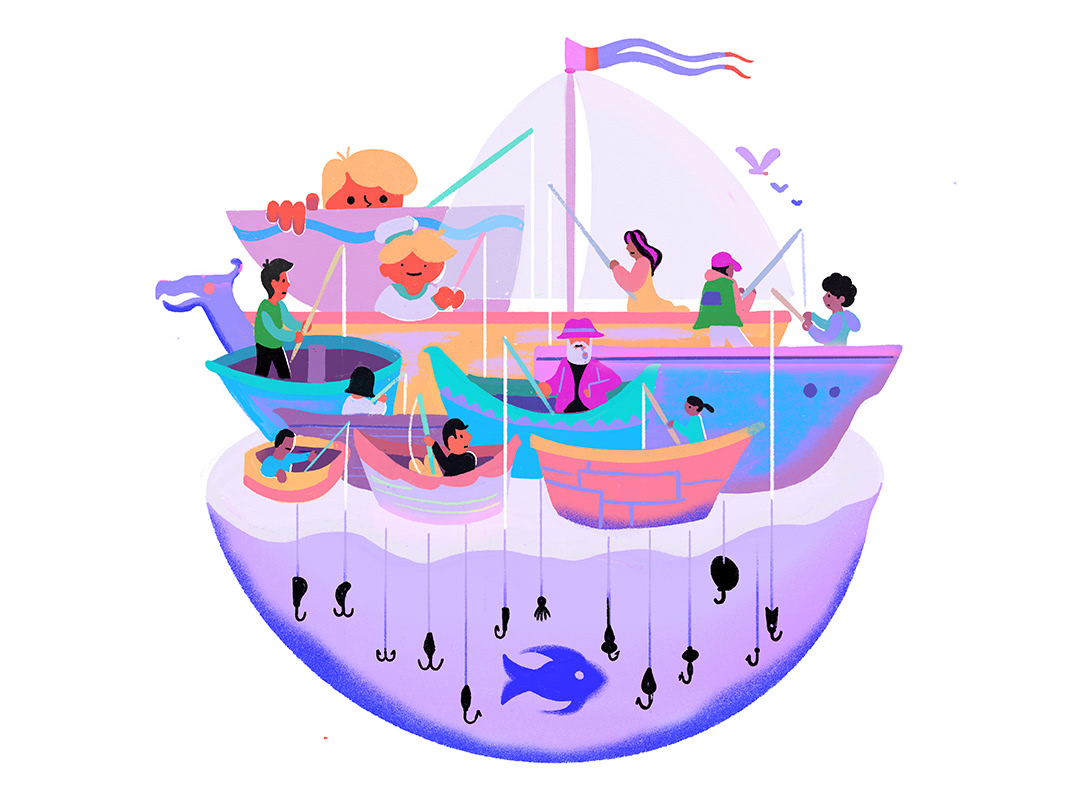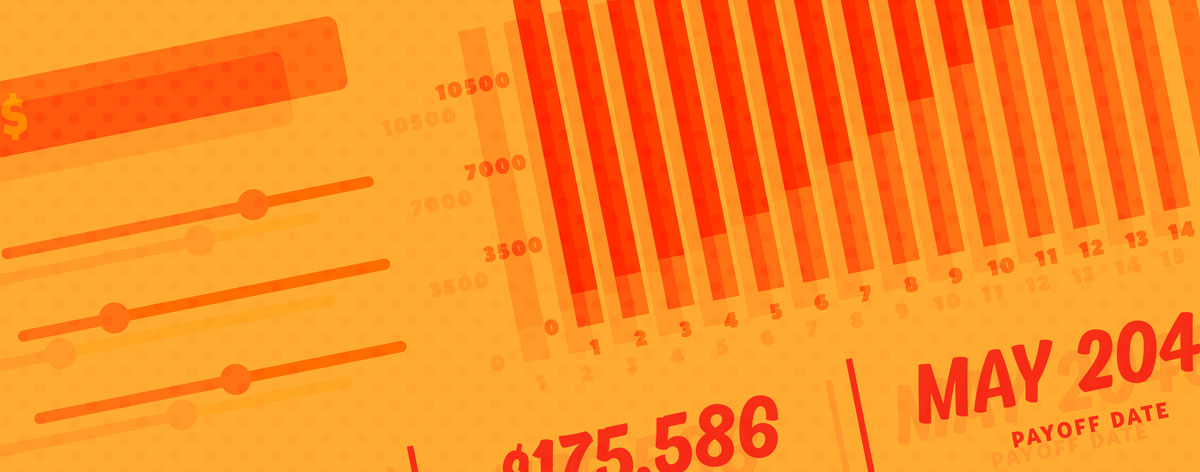

What Is Inflation?
The price of goods and services—stuff you buy—isn’t constant; prices change over time. When prices go up, that’s inflation. During moments of inflation, it takes more money to buy products or services. This means that purchasing power goes down.
To measure inflation and purchasing power, economists look at a price index, often the Consumer Price Index (CPI)—a key measure of inflation as it tracks the changes in how much it costs for households to purchase goods and services over time. Economists then compare changes in cost averages to figure out the rate in which they’ve gone up. That rate is the rate of inflation and is measured as a percentage.
The Good and the Bad
The Good
If inflation is mild and steady, it encourages consumers to buy now instead of later when they’ll have to pay more. Demand rises, companies increase production and hire more workers—the result is a boost in economic growth.
Another good side effect of inflation is that it decreases the chance of deflation, inflation’s much more disastrous cousin. Deflation is when prices for goods and services go down. Lower prices sound pretty good... But over time, it can lower demand for goods, cause companies to lay off workers, decrease the amount of money circulating in the economy, and create a cycle of economic decline.
Inflation isn’t inherently bad or good, but it gives economists (and the rest of us) a clue into the health of the economy.
The Bad
One tough side effect of inflation is obvious: stuff costs more. If wages don’t match the rise of prices, consumers are forced to spend less and some may not be able to afford basic necessities like housing, childcare, or groceries. With less money to go around, inflation could spike further, causing the economy to slow down and unemployment to go up.
Stagflation
Stagflation is bad news and happens when there’s high inflation, high unemployment, and slow or stagnant economic growth. Such a troublesome combination of events generates a decrease in spending—that means less money circulating in the economy. Plus, the money that is available is worth less and less as time goes on. It can get a little complicated, but stagflation is likely caused by fiscal policies. Because of changes in policy and economic conditions, it’s pretty unlikely to happen today.
What Causes Inflation?
There are two ways that prices typically rise—both have to do with supply and demand: demand-pull and cost-push.
Demand-Pull
Demand-pull inflation happens when goods or services are in a higher demand than usual but supply of goods remains the same, leading to an increase in prices. During the COVID-19 pandemic, many people needed cleaning supplies, disinfectant, and hand sanitizer, resulting in a shortage and driving some of those prices up.

Cost-Push
Cost-push inflation is caused by an increase in production costs or supply constraints on goods or services, leading to higher prices. One common example of cost-push inflation has to do with oil and gas prices. If conflicts or natural disasters in the Middle East make it difficult to distribute oil, the price of oil goes up—even though demand stays the same.
Inflation is just one part of normal economic conditions. But, like most things, too much can be damaging. Even in moments of healthy inflation, the loss of purchasing power feels significant when your budget is tight. Try tracking your spending and adjusting your budget to match actual prices now instead of what prices were.
Neither Banzai nor its sponsoring partners make any warranties or representations as to the accuracy, applicability, completeness, or suitability for any particular purpose of the information contained herein. Banzai and its sponsoring partners expressly disclaim any liability arising from the use or misuse of these materials and, by visiting this site, you agree to release Banzai and its sponsoring partners from any such liability. Do not rely upon the information provided in this content when making decisions regarding financial or legal matters without first consulting with a qualified, licensed professional.

